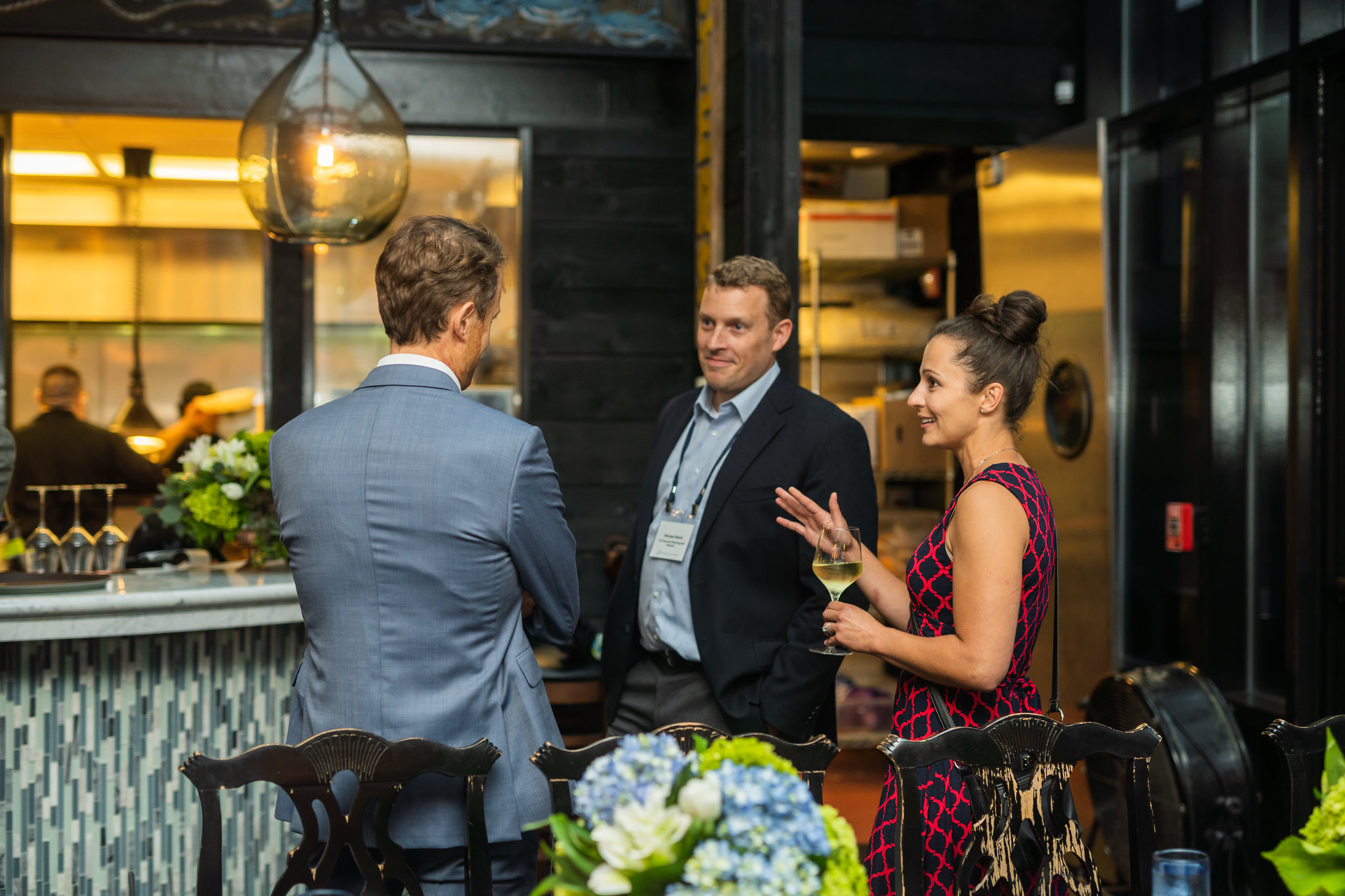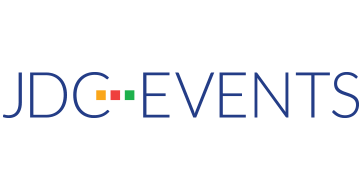22 Feb When It Comes to Events, Bigger Isn’t Always Better

Merriam-Webster defines an event as “a noteworthy happening.” If we take this at face value, this means that the premise of an event is to make an impact on participants. Whether the purpose is to change people’s perceptions, share best practices or products, or simply to strengthen relationships, events have a tangible and definitive power to spark change.
In the world of event planning, it’s important to keep in mind that power isn’t dictated by size, but rather by how meaningful the event is to participants. A memorable event doesn’t have to be a huge affair with flashy lights, musical acts, performers, and special effects (although these are fun and definitely have their place!). If you focus on interaction and engagement, as well as creating the right atmosphere for the intended audience, you will already be well on your way to success.
Define your audience and objectives
Establish the objectives for your event by answering a few foundational questions. What is the purpose of the event? What messaging should attendees learn and take away? Are there any actions you want them to take after the event is over? The more questions you ask at the beginning, the greater the likelihood your event will have the desired impact.
Next, consider your audience. Who will attend? What will they gain by attending? It’s ok to target multiple audiences, if each segment is clearly defined, but don’t be too broad. Assuming your event will appeal to “everyone” without defining your main audience is a sure path to failure.
Foster interaction and engagement
Creating an impactful event involves so much more than just finding a space and inviting people to come hear a speaker onstage. Fostering high levels of engagement and interaction requires a combination of atmosphere and content based on a clearly defined strategy. When all those pieces fall into place, you create a space where attendees feel open and receptive to the information being presented.
Take the time to find the right venue. As you search, consider audience needs and find out if your desired venue will allow your vision to come to life. Identify your objectives and audience and think strategically when building the content. These simple steps will help to ensure success by creating an event that offers tailored interaction and engagement to connect people and move them into action.
Faced with feelings of isolation in a fast-moving, increasingly digital world, people crave experiences that connect us with others face-to-face. A well-planned and seamlessly executed event ranks high in the marketing toolbox by delivering a significant impact and simultaneously providing an effective and compelling platform for the desired messaging.

Jennifer D. Collins is the founder, President, and CEO of JDC Events. She is a Certified Meeting Professional (CMP), Digital Events Strategist (DES) and well known events industry thought leader. She is Vice Chair of the Board for WBEC Metro NY and WBEC Greater DMV, a member of the Women’s Presidents Organization (WPO), and the Author of Events Spark Change: A Guide to Designing Powerful and Engaging Events.



